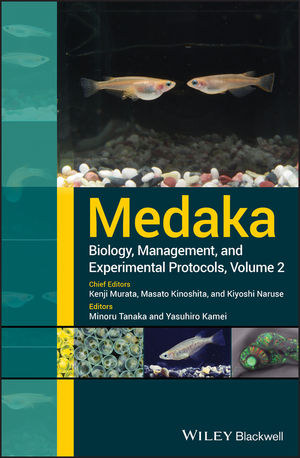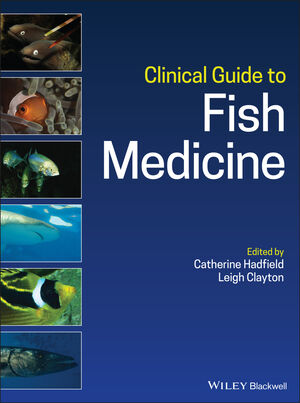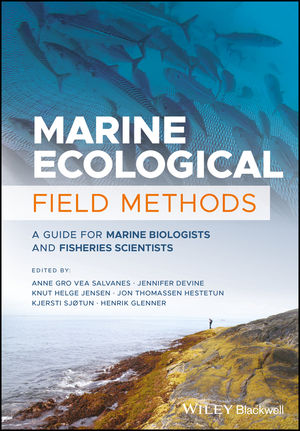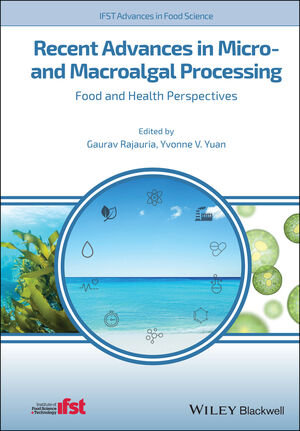
Features
Fish handling
Hatchery Operations
Hatchery Hack: Secrets to ensure shipping success
September 12, 2024 By Nicole Kirchhoff
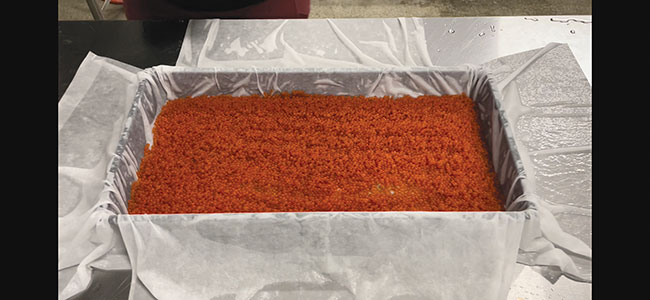 (Photo: Kenny Regan)
(Photo: Kenny Regan) For something so important to all our operations, this is a topic I feel most I need to recalculate and consider almost every time we have a sale. This is because there are so many factors to consider to make sure shipping is a success.
What are you shipping?
The first thing to consider is the species you are shipping, their life stage and biological limits.
Eggs can only be shipped after they are water-hardened and only if they will not hatch during transport. Many warmwater species often have short incubation periods requiring shipping of fry instead of eggs. But fry must arrive before they need to first feed. Fingerlings need to be weaned and hardened enough to tolerate the stress of transport and withdraw of feed. For most species, this means at least 1-2 weeks post-metamorphosis and/or weaning.
What is this species handling and environmental tolerances? Many have a very small window of optimal temperatures before they incur stress. Respiration rate, CO2 tolerances, and aggression are other things you need to consider to determine optimal stocking density and duration limits of transport.
Then there are conditioning considerations. Can you add a little salt (for freshwater species), off-the-shelf water conditioners, or even light anesthetics to reduce fish stress and/or ammonia buildup in the shipping container?
While there are rules of thumb for stocking densities and durations to transport fish in trucks, bags, or air packs, these are just rules of thumb. A test trial, even if it is as simple as packing up eggs, fry, and/or fingerlings under similar packing conditions and driving them around the farm, should happen before investing the time, money, and stock into a large transport.
After all this, you may have to consider if this species or life stage can be safely transported alive and/or if it is economically feasible.
Regulatory hurdles|
Both the end customer and hatchery must consider permits, regulations, and logistics regarding getting your animals from location A to B. Some species may not be legal for the end destination, or require health certificates or permitting hurdles to be overcome before shipping is allowed.
A thorough understanding of regulations must be considered early in negotiations because some of these permits require a lot of time and money to arrange and sometimes create a “no-go” situation.
Transport, bookings, and logistics
Sometimes you only have a few choices for transport for a species or location, but often you can choose between trucking, air freight, or by sea. Often truck or boat transporters are most effective for large quantities. For small quantities, insulated shipping boxes on airfreight is a popular choice.
Many third-party companies can help with land or sea transport. Or if you are going to do this often, perhaps you can invest in a transporter. These specially designed rigs often have chambers to limit the sloshing of water, are insulated to prevent temperature swings, and have oxygen stones, monitoring equipment, and regulators.
Shipping boxes are cardboard boxes enclosing small insulated boxes with water, fish, and oxygen double-bagged inside. Important to note that airlines or shipping services often have limits, not just on box dimensions, but weight. You also need consider if they will be exposed to any extreme temperatures in transit, if ice packs will be enough to maintain optimal temperatures or if freight in that season may not be feasible.
For air freight of a large number of fish, you can also purchase air packs which are specially designed for transporting huge numbers of fry. They are often large, heavy, and require pallets and forklifts to move.
Booking transit with any of these services will require advanced planning. They often require pre-approvals and reservations, and many will not allow you to ship live animals just before weekends or holidays. If using a trucking service, there are safety restrictions for how long a person can drive without taking breaks, meaning strategizing routes that limit traffic or construction delays may be important.
As we all know, inflation has drastically increased shipping costs and many services are increasingly unreliable. Far too often we share stories of shipments have have gone missing or arrive 24-48 hours after they were scheduled. We have found getting an account directly with an airline, for example, Delta Cargo has been the most reliable. But even this has its limitations, as this is not door-to-door and many farms do not have large airports nearby.
Finally, in calculating your transport, consider inspection points that may be required. For example, will there be customs or agricultural inspection points along the way? If so, how many and how long will these take on average? Will the shipping unit need to be opened for inspection along the way and how may this impact their shipping container integrity?
Packing and shipping
If you made it this far, congratulations you are finally ready to ship! Many species will require conditioning the day before, for example, you may withhold feed from juveniles to reduce stress and waste build-up in shipping. Or you may acclimate them to a different salinity or add a stress-reducing conditioner.
The morning of shipping is often a very busy time. The rule of thumb is you try to get the fish to their destination tanks within 24 hours. So all hands on deck to get the fish caught, counted, packed, and out the door and on their way.
Arrival
Finally, after all this, they have arrived. Now it’s time to get them into their tanks safely. Upon arrival, each box or unit should be opened to look for obvious mortality. If they look good, time to acclimate.
Check the temperature, salinity, pH, etc. to make sure the water they are going into and the water they were transported in are as similar as possible. There are many ways to acclimate them to their new water conditions, such as putting small amounts of destination water into the transport units and/or floating the bags into the tank until they have equalized in temperature. Remove and any all mortalities. When ready, then you can slowly and gently put them into their new tank.
While this may seem like a mission impossible, people do ship live fish eggs, fry, and fingerlings all around the world every day successfully. It just may be a little more complex (and expensive) than most people think.
 Dr. Nicole Kirchhoff is the owner of Live Advantage Bait LLC (www.liveadvantagebait.com), a wholesaler of warmwater marine fish, fingerlings, and eggs for baitfish and foodfish growout, research, and restoration located in Florida, USA. Kirchhoff has a PhD in Aquatic Animal Health and was Hatchery International’s top 10 under 40 in 2022.
Dr. Nicole Kirchhoff is the owner of Live Advantage Bait LLC (www.liveadvantagebait.com), a wholesaler of warmwater marine fish, fingerlings, and eggs for baitfish and foodfish growout, research, and restoration located in Florida, USA. Kirchhoff has a PhD in Aquatic Animal Health and was Hatchery International’s top 10 under 40 in 2022.
Print this page
